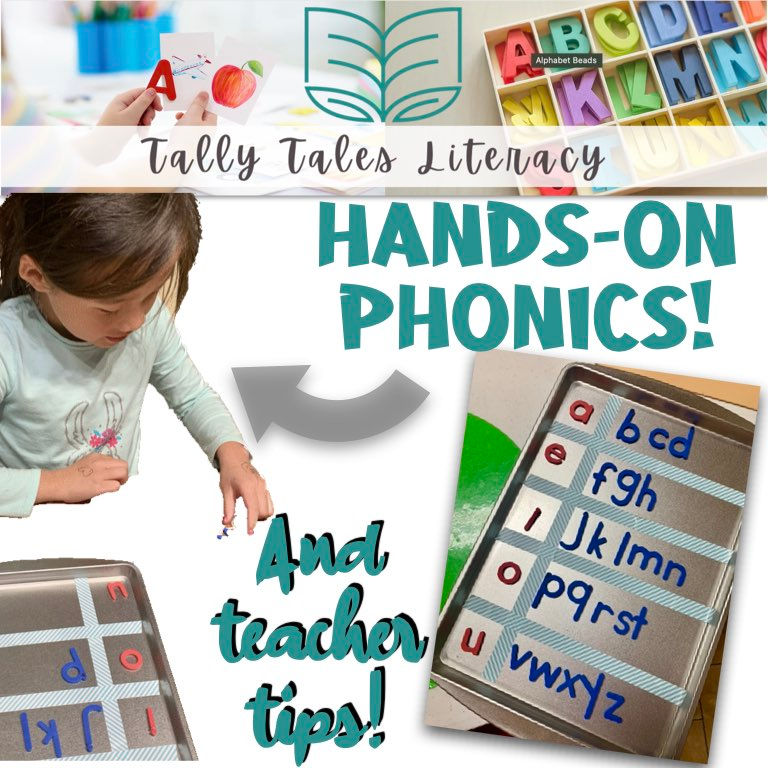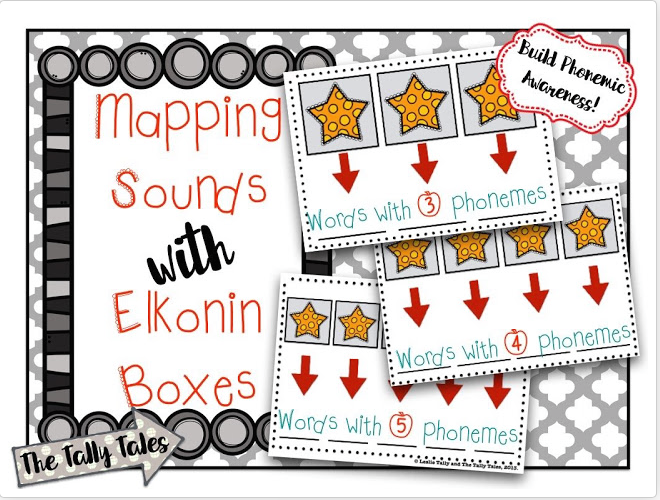Make it Multisenory: A Tactile Spelling Activity!
- Leslie

- Oct 28, 2022
- 2 min read

If you are searching for a way to strengthen your phonics instruction, I definitely recommend making it a multisensory experience for your students. Research shows that exposing students to multiple sensory experiences enhances their language processing capabilities, and it's really not as difficult as you may think. I like to use foam pieces and magnetic letters (letter tiles work fine too!) consistently in my small-group phonics instruction. Here's one simple, but effective (and fun), multisensory phonics exercise you can incorporate into your instruction with one-syllable words.
In the picture below, you can see that my student is structuring his mat to work with letters and sounds before we even begin to spell. It is important to help students develop independence with this. You can make this as specific as you want. For example, you can tell your students how many sounds the whole word contains, or as you can see below, you can use longer strips of foam to represent the beginning, middle, and end of the word and then focus on how many sounds are in each part of the word using smaller squares.

In this lesson, I was teaching students about consonant clusters, (you may call them three-letter blends), so I really wanted to help them process the fact that there are three distinct sounds at the beginning of the word. This is what the mat looks like. No letters, just a visual representation of the sounds within the word, which the students can see and feel as we work make connections between the sounds we say/hear, and the letters which represent those sounds.

Then, we begin to spell a word. I have students touch through the word and say each sound before we use letters. This helps students isolate sounds and supports their memory of the sounds within the word. After that, we add letters to the mat to represent the sound-spelling patterns.

Once the word is completely spelled, students again touch through the word, repeating each sound and blending them together to say the word. They finish the word in the same way they began it, except now they have added the letters, which makes it a phonics activity, rather than just an exercise in phonemic awareness.

Another option is to incorporate phoneme manipulation with these hands-on tools! Instruct students to manipulate sounds and make changes to the word. Using the specific letters in response to instruction with sounds helps strengthen the speech-to-print connection as well.
See it in action! Here's an example, in which this student is working on CVC words.
Really, the possibilities are endless. Just adding the simple tactile experience to this word-work will make a huge difference in your students' ability to retain (and apply) letter-sound correspondences!



Comments